There are no dull moments in the world of digital agencies.
The pace is fast, and that’s why we love it. But with the speed, you can lose track of what goes on behind the scenes.
Most digital creatives do not enter their jobs with the intention of tracking time and utilizing resources. In fact, if you don’t know your employee utilization rates, it can hinder business growth and staff development. It may also lead to bad decisions made on the basis of gut feelings instead of facts. This blog examines utilization rates and what they mean. It also explains how knowing your agency can be a game-changer for your business.
What are employee utilization rates?
The utilization rate measures how much time is spent on work for clients (chargeable hours) compared to a position that doesn’t generate any income.
What rate should an agency aim for?
It’s a little like asking, ‘How long is some string?’ because the answer will differ from one agency to another. What’s right for you may not be correct for someone else.
Agency Works states that the average industry utilization rate is 65%. However, a 75% figure would be ideal. Comparisons between agencies are not always useful.
There are many different types of agencies, each with its own culture. Some agencies have a relaxed culture where teams chat over drinks on Friday afternoons or during breakfast. This may seem to reduce utilization rates, but it can have a positive impact on staff satisfaction.
Understanding utilization rates has many benefits.
You can calculate your capacity and the amount of revenue you charge by knowing how much time you are able to bill each person each week.
Ideal scenario: team members should be working on chargeable tasks 75% of the time. You need to know how many hours of work you can charge and what is booked for each department in order to get as close as possible. You can then look for gaps and ask your client or sales team to fill them.
Because accurate time tracking is required to understand your agency usage rates, this brings with it many benefits and opportunities.
- Avoiding Over-Service: Accurate usage data will help you stay on top of what is happening. You can determine if the job is nearing its budget or if certain parts of it are taking longer than expected. Then, you can take proactive measures. You can track your client’s work accurately if you log the time spent on each job, not just the scheduled time. If you don’t see it happening, it is impossible to fix.
- Better estimating: Accurate time tracking is required to get your utilization rates correct. This gives you an excellent benchmark for quoting future jobs. You can review past work to see how long it took for a certain task and who was involved. This will allow you to price new work more accurately.
- Staff Wellbeing: Although staff initially resist the idea, they will reap many benefits – less time wasted on over-servicing jobs and cramming extra hours in at the last moment, less idle waiting for work to come in, and the understanding that they must speak up when overloaded with tasks. It can reduce burnout by reducing the peaks and valleys of demand.
How do you track utilization rates?
One of the best reporting techniques you can use is to keep track of time spent. You can see how productive and billable each of your employees is. This will ultimately translate into their profitability.
Imagine a group of 10 designers who are each charged PS100ph and have a utilization rate of 65 percent. Multiplied by their number of working hours, they could earn PS1,131k per year. If they increased their utilization rate to 75 percent, they could make an additional PS174k per year.
The ideal utilization rate will be different for each agency and team within it. Once you’ve established your current rate of utilization, you’ll have a benchmark to work from and a way to measure the success of any changes.
Some smaller agencies can track utilization using spreadsheets, but it takes a lot more time and effort and doesn’t integrate with other aspects of the business.
Agency Management Software is the answer.
The platforms allow you to:
- See your utilization rates vs. targets
- Forecasting capacity and assessing the impact of new business
- From brief to billing, manage projects
- Find out where you are overservicing customers and where you can make money
- Real-time reports on all aspects of your agency
- With a single click, convert tasks into timesheets
It can take some time to choose the best one, but you shouldn’t rush into it. Look for systems that are flexible enough to grow with your business and where providers can offer support throughout the process.
They make it easier to manage your business in general. These rates are a good starting point for your Resource Planning. They also help you identify the clients and projects that are most profitable and ultimately accelerate your business growth.

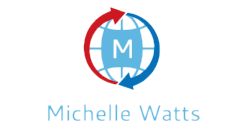
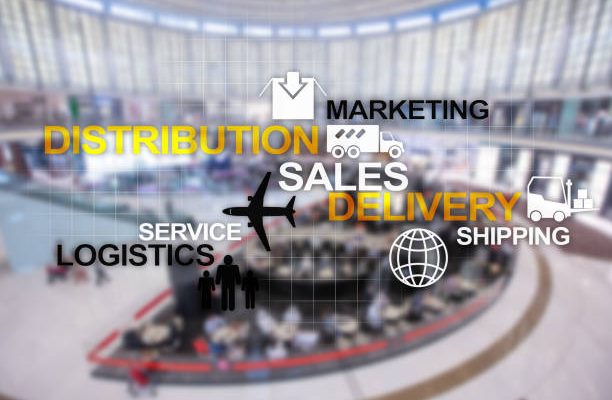


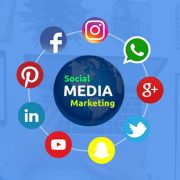


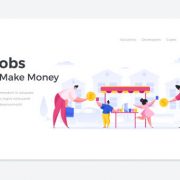
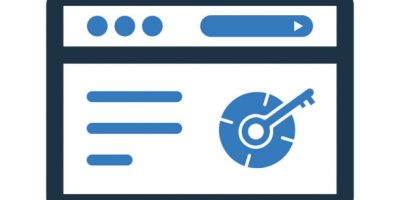










Comments